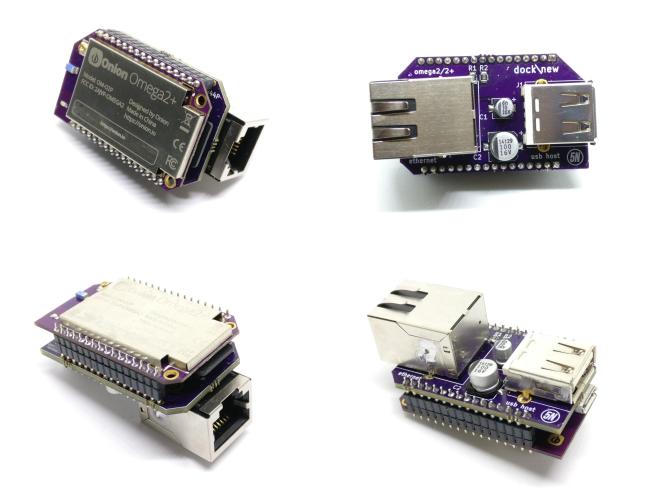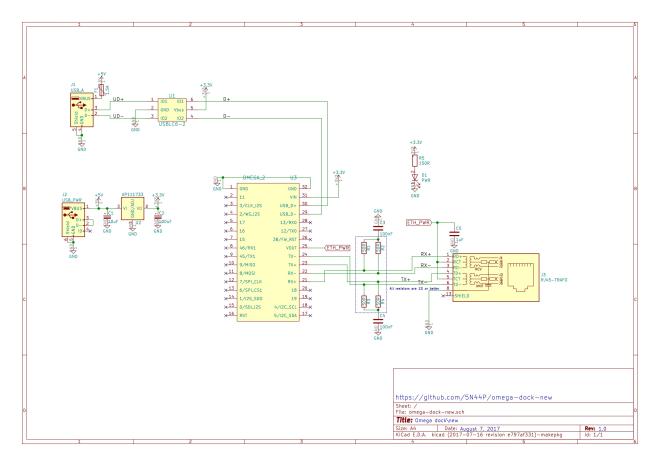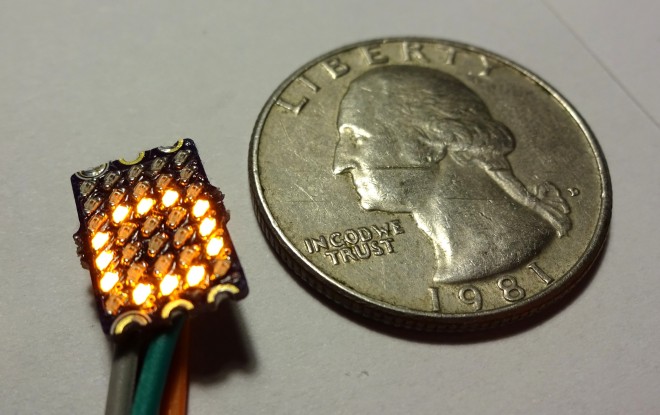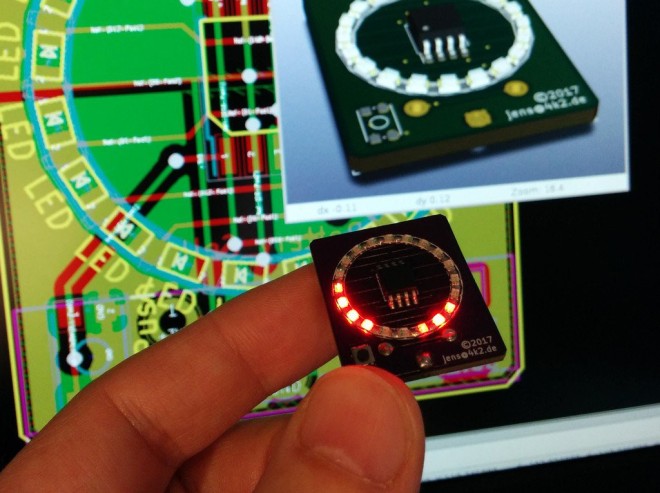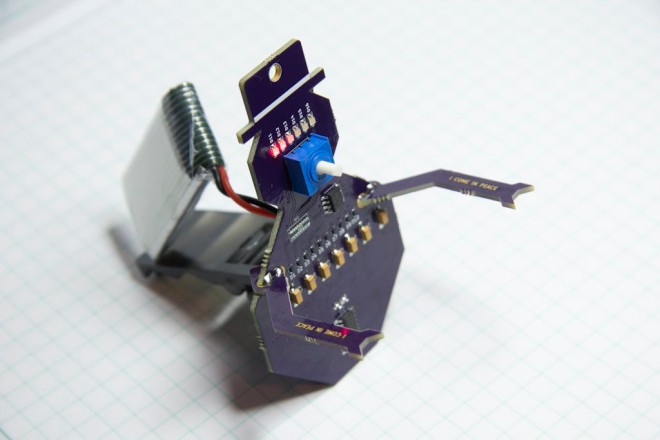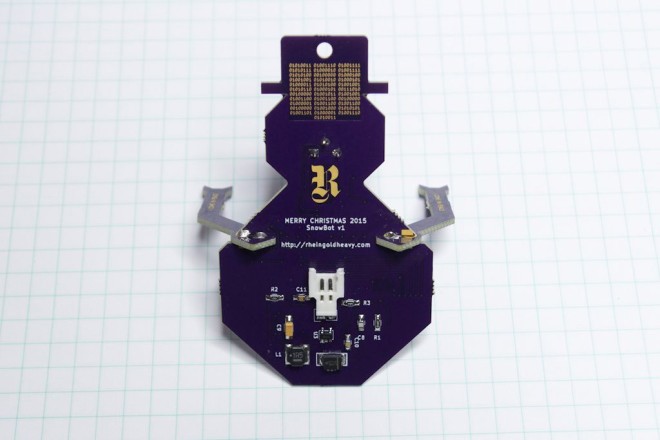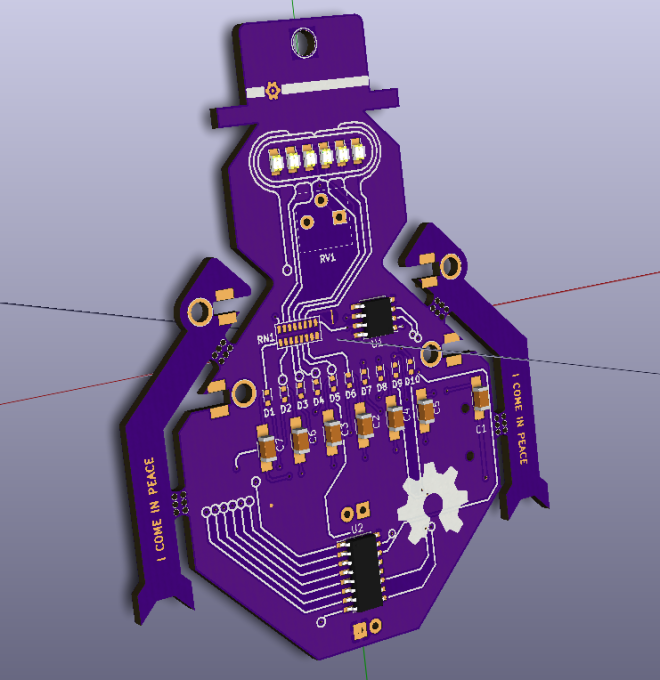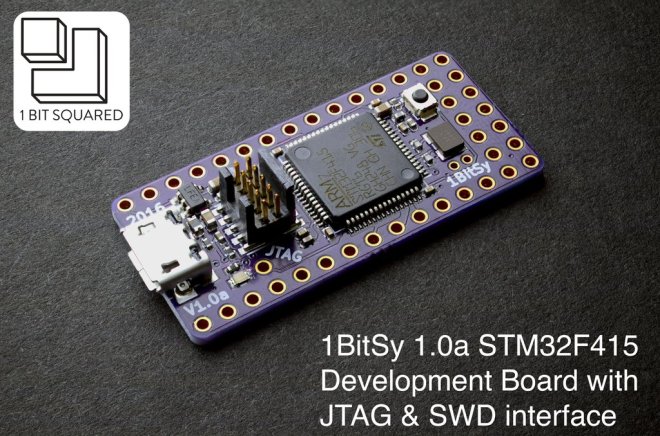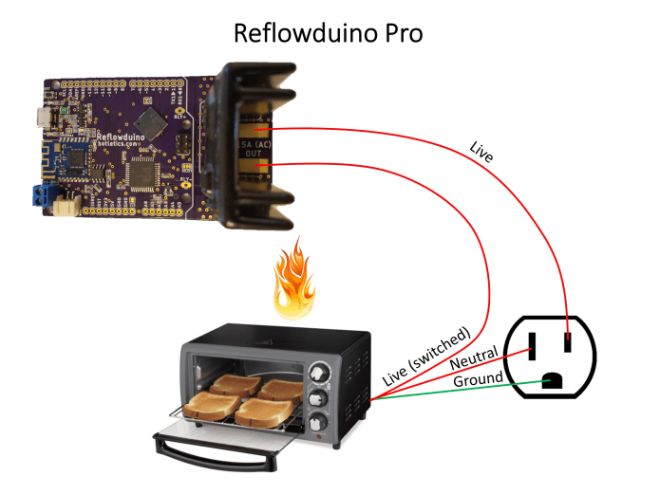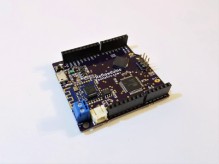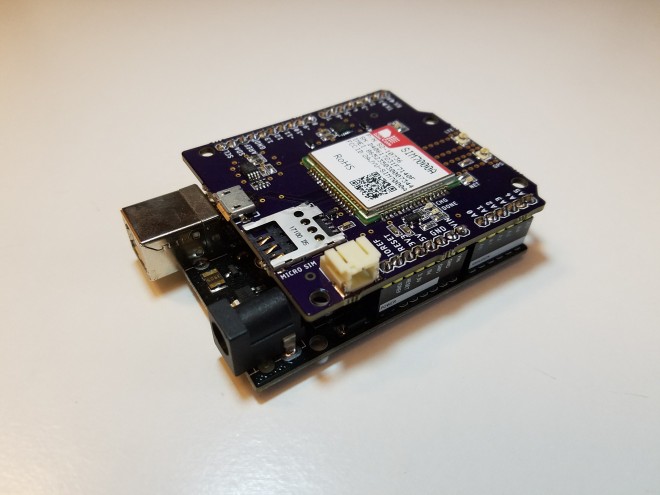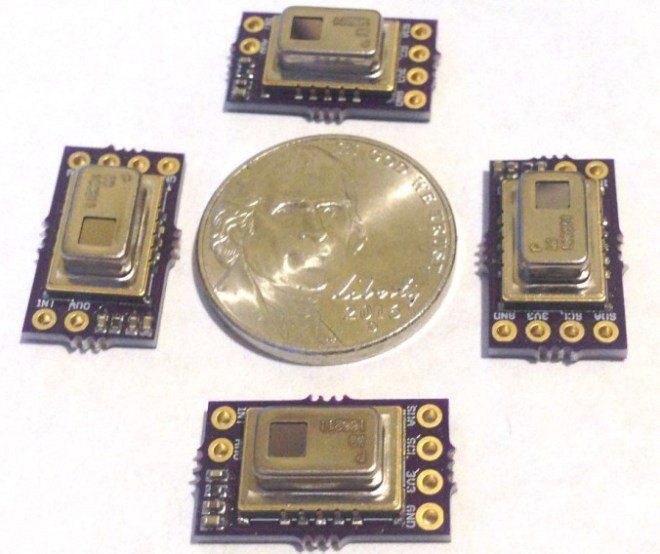Valerio Backslashnew has designed a small dock for the Onion Omega 2 and 2+:
My Omega 2/2+ dock\new
I needed the smallest dock i could do, that featured:
- Ethernet
- Type A USB host
- Micro USB for power
Here’s what i came up with, i called it dock\new.
It has an onboard linear voltage regulation (i didn’t bother going with a switching one for such low power), magnetics integrated in the RJ45 connector to save space, USB host ESD protection (diode array), USB host PTC fuse.
On the left side there is the RJ45 connector and nothing on the back side of the board, so that you can easily access the MicroSD card on the Omega 2+.
On the right side (the antenna side of the omega) you have the USB type A connector, facing outwards, and the microusb connector for power, facing inwards.
The project is open source (CC-BY-SA 4.0), and the KiCad schematics, board layout and the other files are available on GitHub:
5N44P/omega-dock-new
5N44P has shared the board on OSH Park:

